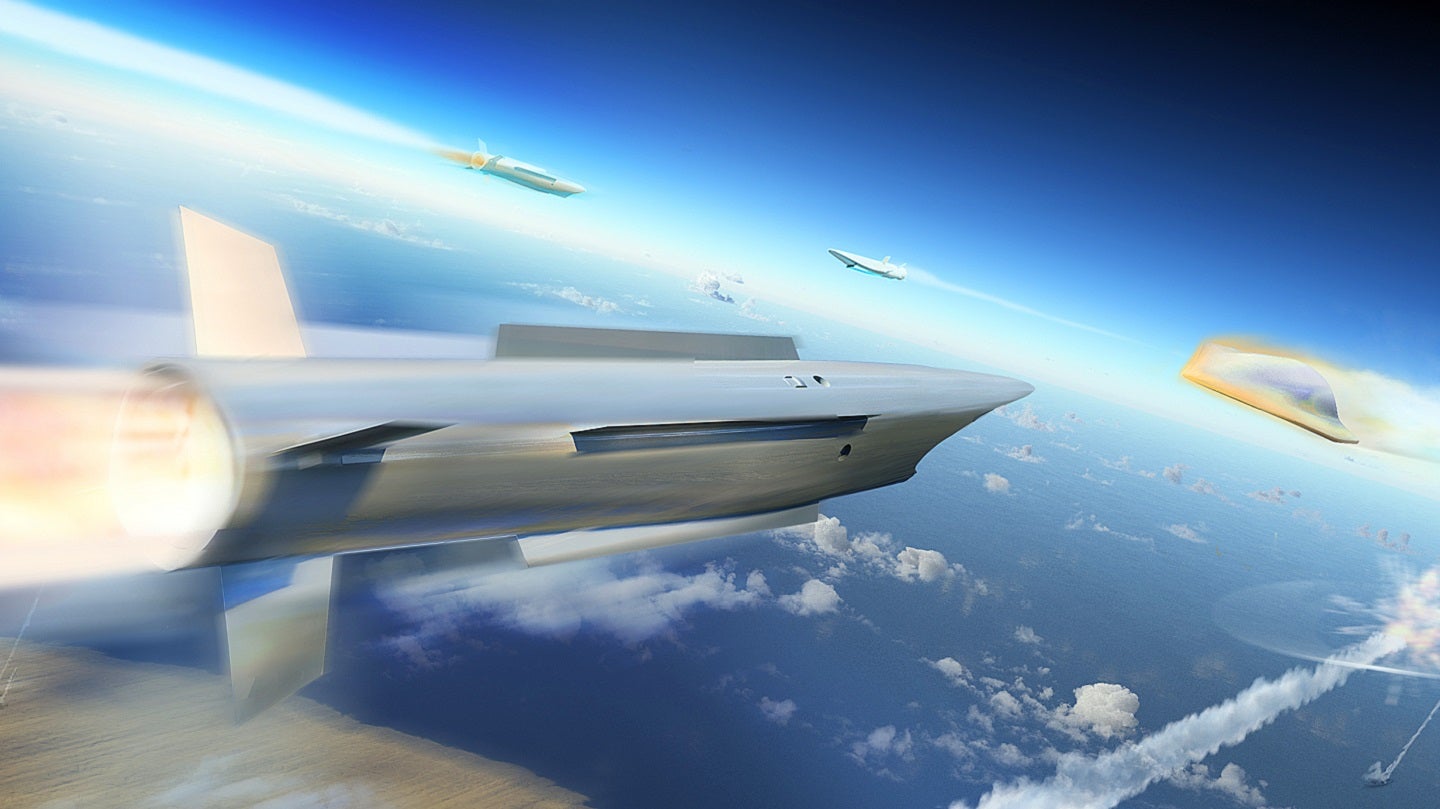
Pan-European missile manufacturer MBDA has said it stands ready to help Europe develop hypersonic missile defences, even as threats continue to mature amid an ongoing war on the continent.
In 2019, the Council of the European Union gave the green light to the Timely Warning and Interception with Space-based Theatre surveillance (TWISTER) capability project, which sat within the Permanent Structured Cooperation (PESCO) framework, to develop a European multi-role interceptor to begin to address emergent threats.
The TWISTER interceptor was envisaged to defend against manoeuvring ballistic missiles with intermediate ranges, hypersonic or high-supersonic cruise missiles, hypersonic gliders, anti-ship missiles, and more conventional targets – such as next-generation fighter aircraft. A November 2021 MBDA press release also mentioned the programme as being one of two missile system projects being developed under the PESCO framework, as the company opened a permanent office in Brussels.
European competition emerges
In January this year, European aerospace company Airbus, which has become increasingly active in missile defence and is a potential rival to MBDA, agreed a partnership with the UK Ministry of Defence’s Missile Defence Centre (MDC). Since establishment in 2003, the MDCs remit has expanded to include defence against advanced missile threats, including hypersonics.
However, little has been heard recently from MBDA regarding its own hypersonic ambitions, with few if any developments on its own programmes. Speaking on 15 March during a press conference detailing the company’s 2023 outlook, MBDA CEO Éric Béranger, said that the company had “a lot” to offer in the field, but declined to comment on questions regarding a planned hypersonic missile test in the US.
“We think we have something to bring to the table,” said Béranger, when asked about the company’s plans for European hypersonic defence.
Countries such as the US, Russia, and China have pressed ahead with the development of hypersonic missiles, with Moscow having conducted numerous tests of its Zircon system in recent years.
Meanwhile, in December 2022 the US Air Force (USAF) announced it had conducted the first launch test of its first AGM-183A Air-launched Rapid Response Weapon (ARRW) off the southern California coast, representing a five-year turnaround from design to first launch test.
Following the ARRW’s separation from the aircraft, it reached hypersonic speeds greater than five times the speed of sound, completed its flight path, and detonated in the terminal area, according to a USAF release.
Missile defence market growth
According to GlobalData, the global missiles and missile defence systems (MMDS) market was valued at $34.9bn in 2022 and was set to grow at a compound annual growth rate (CAGR) of 3.5% to reach a value of $49.2bn by 2032. The cumulative market for global MMDS was anticipated to be valued at $488.7bn over the forecast period.
Demand for MMDS was anticipated to be driven by air defence modernisation and advanced precision strike procurements by countries such as the US, Russia, China, India, and several European states.
All leading military powers are exploring the potential for hypersonic missile to be utilised during conflict, with the systems operating differently to how contemporary strikes are carried out, not least of which is the speed of attack, theoretically flying at up to 25 times the speed of sound.
In addition, hypersonic glide weapons offer a further difficult for missile defence systems, incorporating flight characteristics of uncrewed aerial vehicles to present even more difficult proposition.




